The north and north-east aim to be at the centre of an emerging hydrogen economy – but where will all those low-carbon energy supplies come from?
Under current targets, the UK plans to establish up to 10 gigawatts (GW) of hydrogen production by 2030. At least half of this is to come from “green” hydrogen – derived from water electrolysis using renewable electricity.
Achieving this target alone is expected to require investment of around £9 billion.
The Scottish Energy Strategy seeks to source the equivalent of 15% of Scotland’s current energy needs from hydrogen by the same date, reaching 25GW of capacity by 2045.
With its energy expertise and infrastructure, the north of Scotland is well-placed to play a leading role. Energy Voice, sister publication to The Press and Journal, has produced the following guide to major hydrogen projects across the region.
Aberdeen hydrogen ‘hub’
Last year BP became a joint venture partner of Aberdeen City Council to build what it called Scotland’s first “scalable” green hydrogen production plant in the Granite City.
At the time, it was said the project could unlock new economic opportunities worth upwards of £700 million to the economy by 2030 – along with thousands of high-value jobs.
The supermajor was selected for a £215m contract to help deliver three phases of the scheme.
Plans involve building a green hydrogen production and vehicle refuelling facility, powered by a purpose-built solar farm.
A site on Hareness Road, Altens Industrial Park, has been earmarked for the hydrogen production facility. The proposed solar farm woiuld be on the former Ness landfill site.
The overall cost of the project has not been disclosed.
BP and the council would be 50-50 owners. They expect to make a final investment decision this year, with the first phase of the scheme slated to be operational in 2024.
Last year the Scottish Government earmarked £15m for the development.
Acorn Hydrogen
Based at St Fergus, near Peterhead, the Acorn carbon capture and storage (CCS) project is a lynchpin in Scotland’s efforts to reduce emissions to net-zero by 2045.
Linked to the project are parallel plans for a “blue” hydrogen scheme using natural gas.
A proposed first phase would include a 200 megawatt (MW) hydrogen plant.
Progress depends on the success of the Acorn CCS project after it was snubbed from the UK Government’s “track 1” process and now awaits support via “track 2.
Developer Storegga said last year it still hoped to produce hydrogen by 2027.
DolpHYN
The Dolphyn (Deepwater Offshore Local Production of Hydrogen) project would see the construction of a demonstrator capable of producing green hydrogen from seawater using floating wind turbines.
Backed by multinational green energy consultancy Environmental Resources Management (ERM), DolpHYN would integrate electrolyser facilities and a wind turbine on a moored semi-submersible platform.
ERM plans to install the unit about nine miles off Aberdeen.
English firm Offshore Design Engineering recently secured a front-end engineering design (Feed) contract for the site.
Tractabel – part of French energy company Engie – and Denmark’s Vestas are both signed up to support construction and operation of the demonstrator by summer 2025.
ERM has said a larger, follow-on project could provide up to 25% of the UK’s future low-carbon hydrogen needs by the early 2030s.
HT1
Swedish firm Vattenfall has plans for green hydrogen production from its Aberdeen Offshore Wind Farm (AOWF).
The company was awarded £9.3m of UK Government funding to help progress the “world-first” Hydrogen Turbine 1 (HT1) pilot project.
AOWF – also known as the European Offshore Wind Deployment Centre – was completed in 2018 and has an installed capacity of 96.8MW, comprised of eleven 8.8MW turbines.
The hydrogen proposals would see an electrolyser, desalination facilities and compressors housed in up to seven 40ft shipping containers mounted on one turbine.
Desalinated seawater would be used as an input and, assuming maximum capacity from the turbine, the site is expected to produce up to 6.4 cubic feet of green hydrogen per hour, which can then be piped to shore at Port of Aberdeen.
Work on the scheme has already started and Vattenfall is aiming for first hydrogen production as early as 2025.
H2Shore
Energy services firm Subsea 7 has been awarded work to evaluate whether produced hydrogen can be stored underwater at Port of Aberdeen.
The engineering study will explore the best technology and offshore site, and deliver a business case.
It is part of the harbour’s H2Shore hydrogen coastal storage and distribution’ project, which has secured £150,000 from the Scottish Government.
Kintore Hydrogen
London-based Statera Energy is behind plans for a 3GW electrolyser project in Kintore, Aberdeenshire.
The development would use surplus wind power, batteries and pumped hydro storage to produce green hydrogen through electrolysis, and supply it to the UK’s industrial clusters through existing pipelines.
Statera’s project is supported by the UK Government’s Net Zero Hydrogen Fund, which will provide 50% of the Feed costs.
The study is due to complete in 2024, with an investment decision in 2025 followed by production in 2030.
Hydrogen in the Highlands
Meanwhile, Storegga is also a partner for plans to build a series of green hydrogen projects across the Highlands
The initial phases of this will be focused on the Cromarty Firth, providing green heat for industry’s including whisky-making and transport.
“Hundreds of MW” of capacity is forecast by the end of the decade, with plans for the first project to be up and running by 2024.
The Cromarty Firth scheme alone is designed to deliver up to 20 toms of green hydrogen per day from 2024.
Backers have said power will come from the 29MW Beinn Tharsuinn wind farm to typically produce more than 24,000 lbs of hydrogen every day. Subject to customer demand, the scheme could eventually grow to 300MW.
H2 Green
Edinburgh-based fuels developer H2 Green – part of Getech – has plans for a regional hydrogen transport hub in Inverness. Located on an old gas storage site, it would supply fuel for a future fleet of hydrogen trains.
The site is also expected to form a hub for a much larger “green hydrogen network” across the Highlands, plans for which are under review as part of a co-venture with Highland Council.
Hydrogen exports
Last year a group of North Sea companies launched plans for a “hydrogen highway” from Scotland to the Netherlands.
Backed by the Aberdeen-based Net Zero Technology Centre, Port of Rotterdam, EnQuest, Shetland Islands Council and Storegga, among others, the project aims to prove the viability of exporting low-carbon fuel.
Engineering studies were launched last year with a view to developing a pilot project, which will act as precursor to large-scale exports. A feasibility report due by the end of this month is expected to include an assessment of costs and forward plans. An operational trial is slated for 2026-2027.
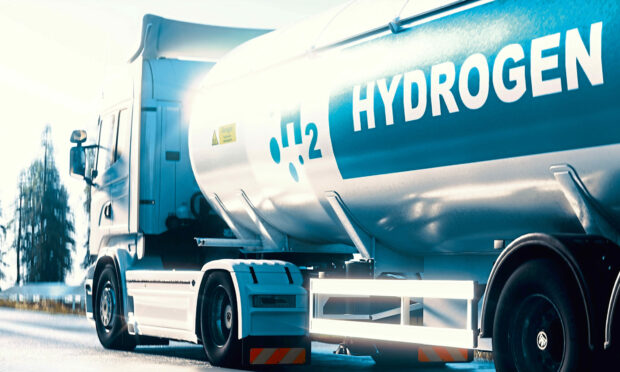
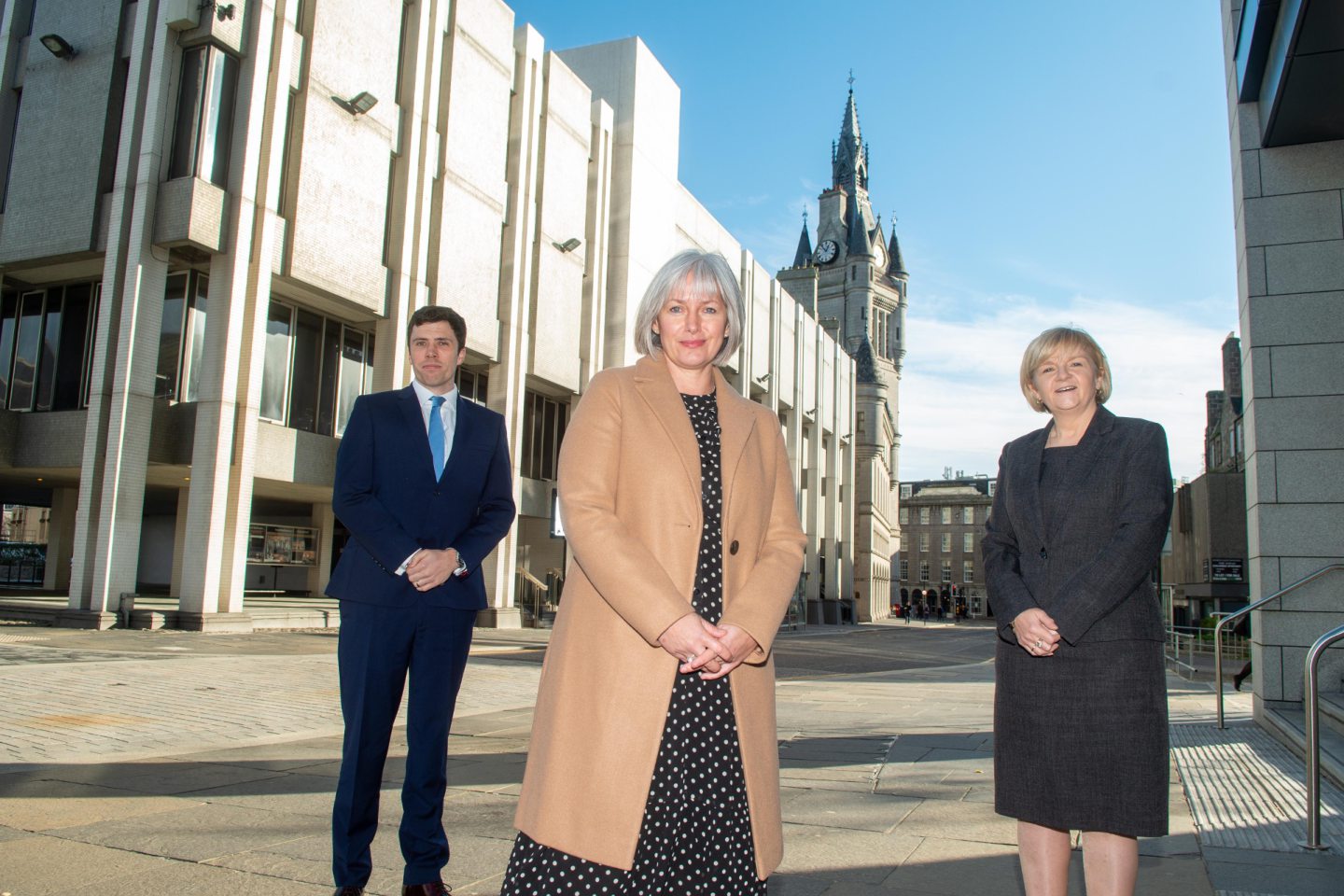

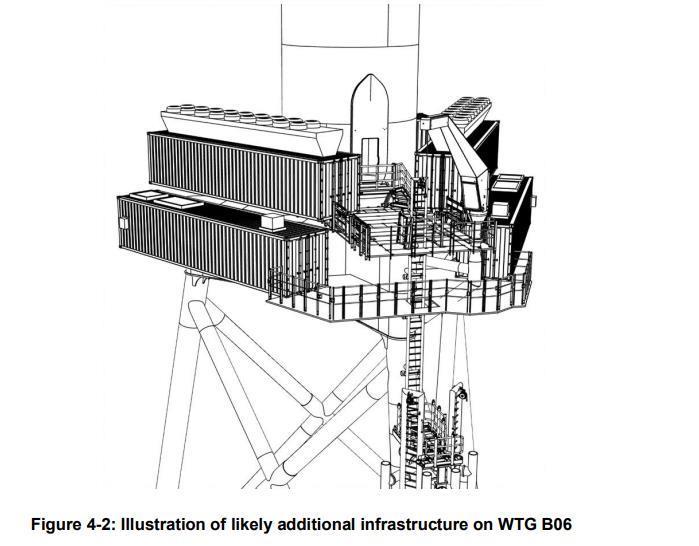
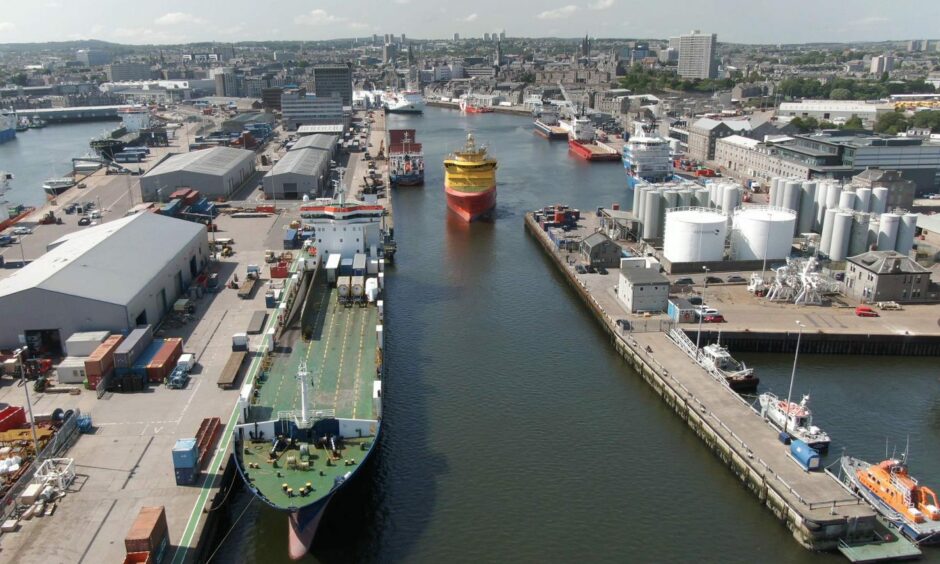
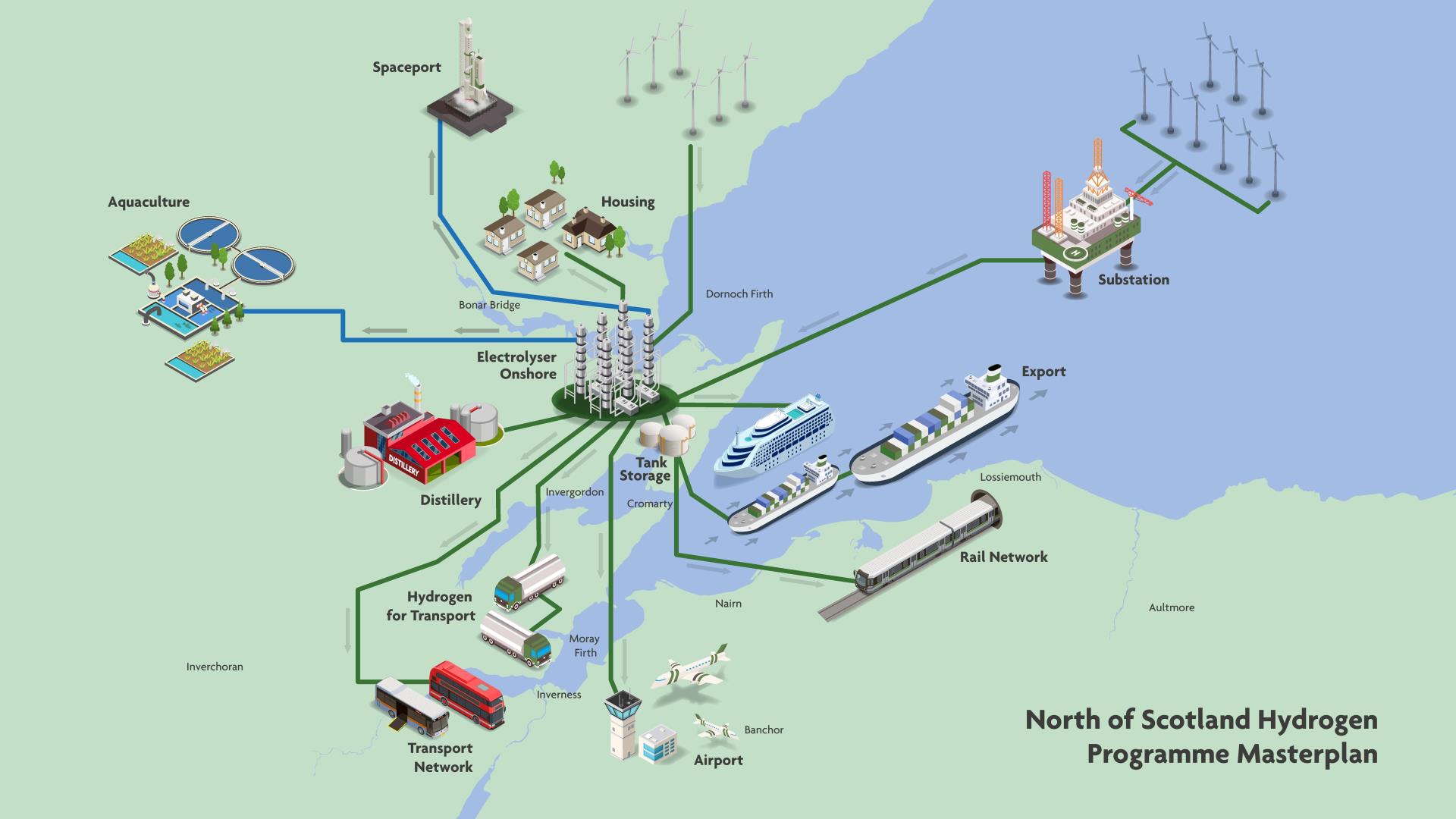
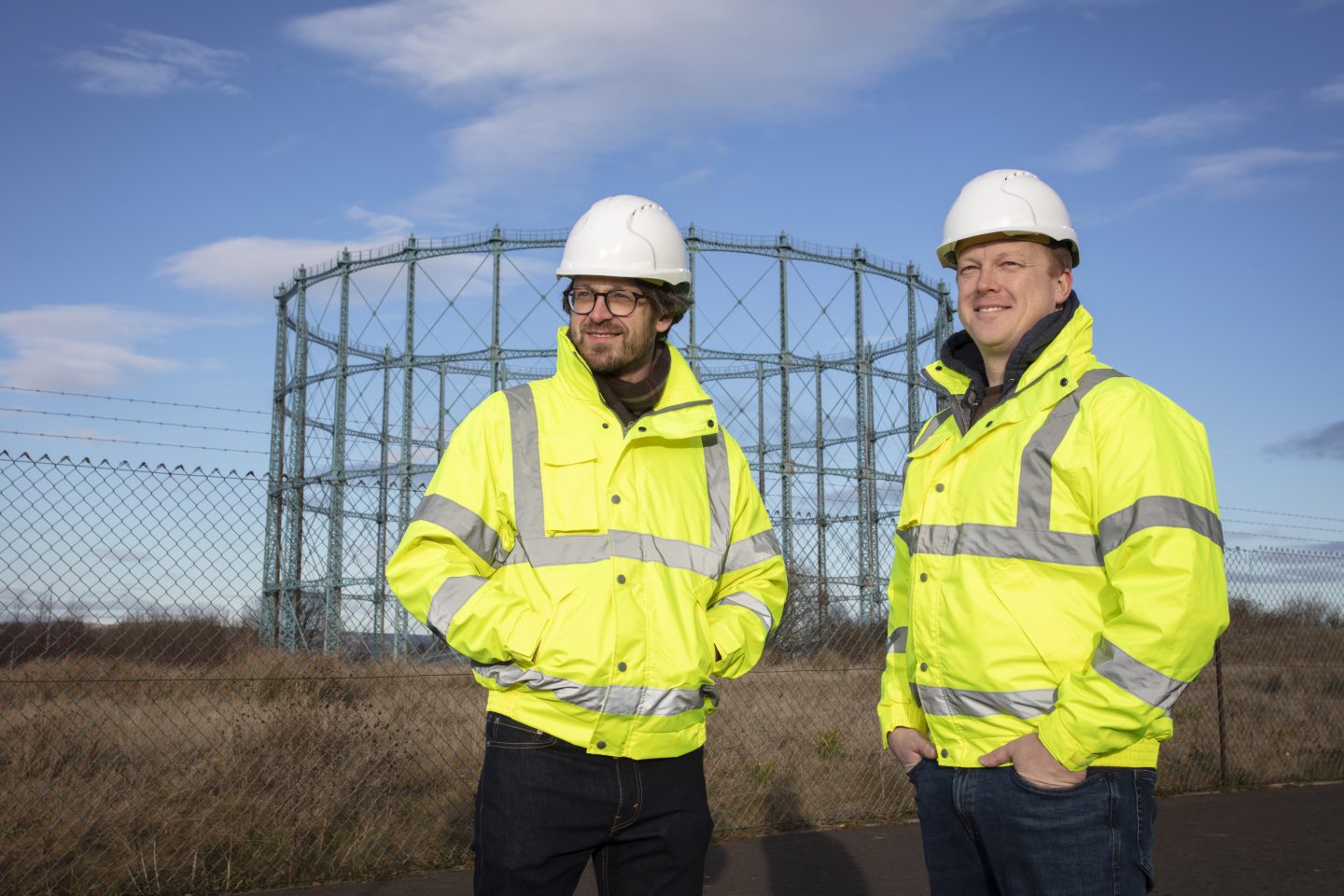
Conversation